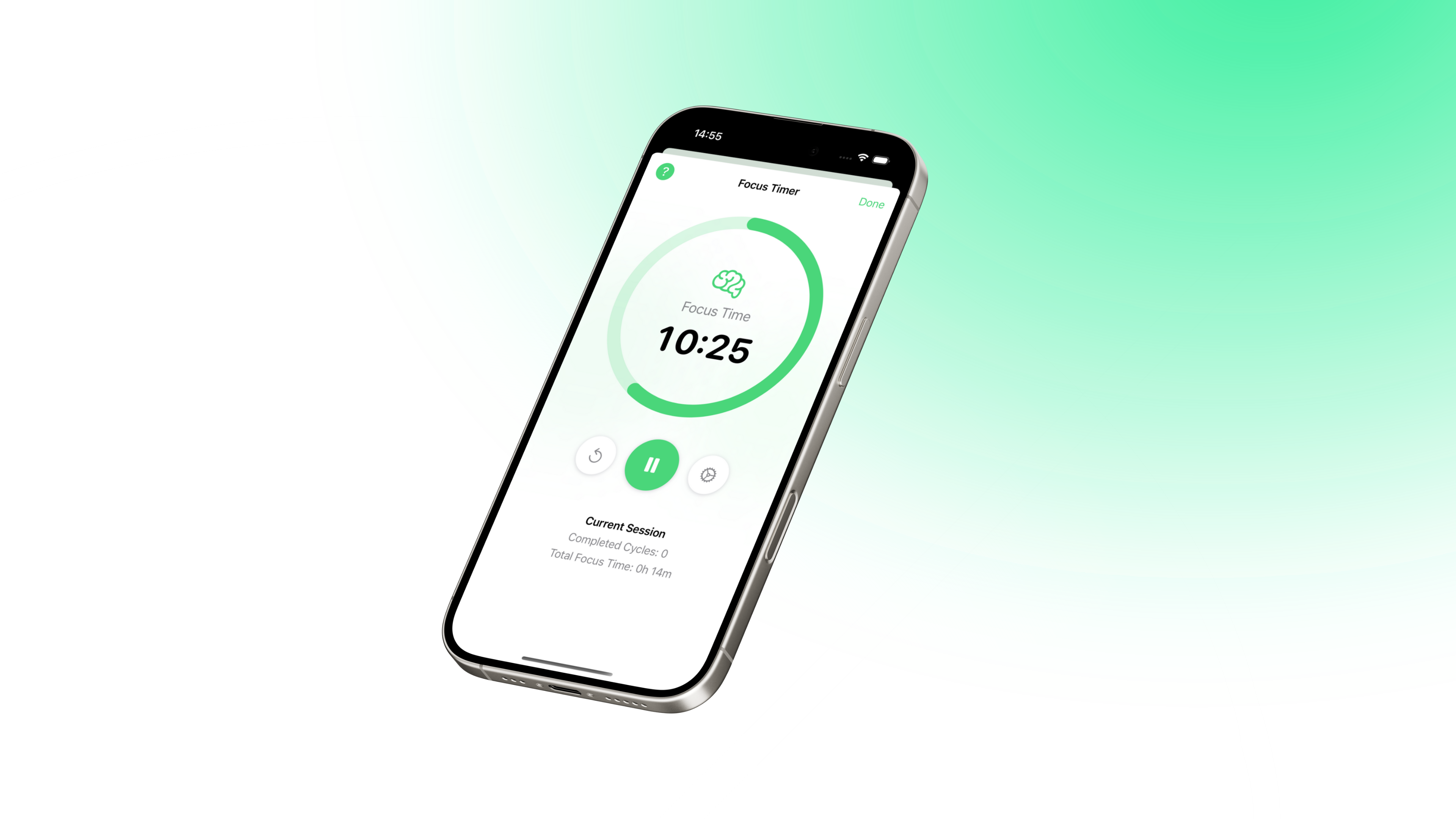Why We Chose Pomodoro, and How to Make It Work for You

In an age of endless notifications and open tabs, focus has quietly become one of the most valuable skills a student can build. At Acadex, we designed our study experience around helping students reclaim that focus — not with gimmicks, but with structure. That's why the Pomodoro Technique is at the core of our timer feature.
This post explores why we chose Pomodoro, how it fits into modern learning, and how to use it to actually improve your concentration and study efficiency — not just time spent at a desk.
Why Pomodoro, and Why Now?
The Pomodoro Technique was developed by Francesco Cirillo in the late 1980s as a way to combat procrastination through time constraints. The idea is simple: work in focused sprints (traditionally 25 minutes), separated by short breaks. After four sessions, take a longer break to reset your mind.
While it started as a time management tool, recent research in cognitive psychology has given it real academic weight. Studies have shown that short, intense periods of focus followed by deliberate breaks can reduce cognitive fatigue and improve information retention. In particular, research on attention spans suggests that the human brain naturally struggles to maintain deep focus beyond 20–30 minutes at a time — making the Pomodoro rhythm especially well suited for learning.
But this method isn't just scientifically sound — it's practical. It lowers the barrier to getting started. When you're staring down an overwhelming workload, a 25-minute block feels manageable. It's a simple commitment with high return.

Designing Focus into Acadex
We didn't build a Pomodoro Timer into Acadex just because it's popular. We chose it because we believe intentional design helps students do their best work. When you launch a session in Acadex, the timer defaults to a Pomodoro rhythm: focused work, followed by a short break. There's no setup required — just tap Start Session and get into flow.
What makes our approach different is its lack of friction. You don't need to set durations manually or track your breaks. The timer handles that in the background so you can stay engaged with what matters — your work. Acadex also keeps a clear history of your completed sessions, so you can see your progress over time and understand how you study best.
Making Pomodoro Work for You
The Pomodoro Technique is powerful — but only if it's applied intentionally. Here's how to get the most from it using Acadex.
First, start every session with a clear goal. Open the app, begin a timer, and decide what you're focusing on. Vague intentions like "study biology" lead to scattered attention. Instead, try "review photosynthesis notes" or "complete quiz questions from chapter four." Having a focused task helps direct your attention within the session, and helps you assess your progress afterwards.
Second, respect the time boundaries. When you're in a work session, treat it as a commitment. Avoid multitasking or toggling between unrelated tabs. In other words: shut out noise. Acadex helps here by encouraging a clean, minimal workspace and allowing you to stay in full-screen mode, without unnecessary distractions.
When the timer signals a break, don't ignore it. Those few minutes are essential. They aren't time lost — they're time earned. Breaks give your mind space to consolidate what you've learned, prevent burnout, and prepare you for the next block of work. Whether it's stretching, stepping away from your desk, or just doing nothing, lean into it.
Finally, don't chase perfection. Some days you'll manage four Pomodoros. Other days, one might be enough. The point isn't volume — it's consistency. Acadex helps by simplifying the process: no overthinking, no pressure. Just focused sessions, one at a time.

Flexibility for Real Study Lives
We know that not all work fits neatly into 25-minute blocks. That's why the Acadex timer can be fully adjusted. Some students prefer 50-minute deep work sessions, others like 15-minute sprints between classes. Whatever your rhythm, Acadex adapts. You set your focus and break times — we handle the flow.
The important part isn't the number. It's the habit of setting clear boundaries between focus and rest. That's what leads to sustainable progress — and that's what we've built into the experience.
Final Thoughts
Pomodoro works because it gives structure without pressure. It builds momentum without burnout. And for students balancing courses, deadlines, and digital noise, that kind of rhythm can make all the difference.
At Acadex, our goal is to design tools that work with your brain, not against it. The Pomodoro Timer is one example of that philosophy in action — helping you study with more focus, less stress, and better results.
To try it for yourself, open the app, start a session, and give your attention the space it deserves.



